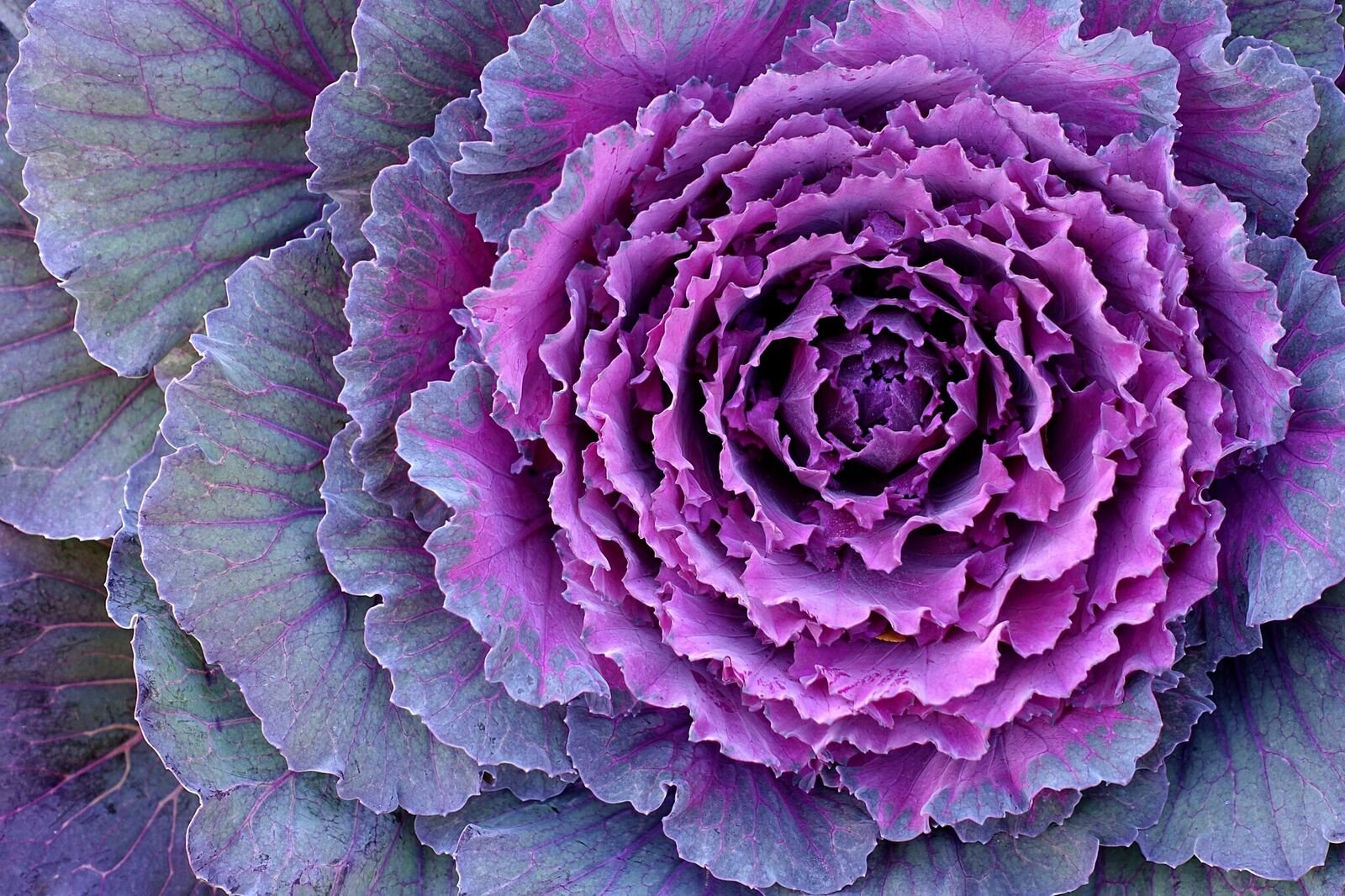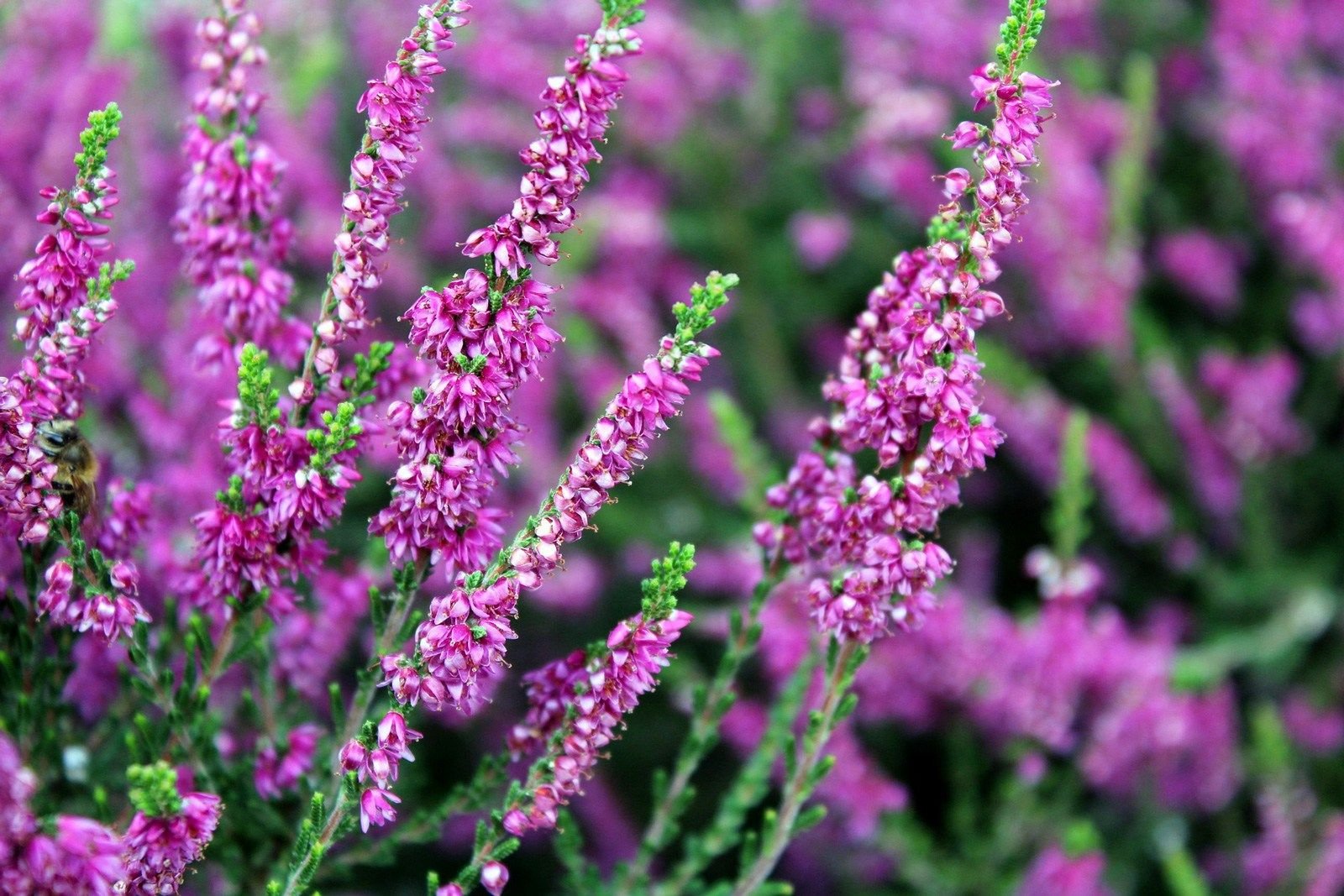Fall Plants in Oregon
FALL PLANTS, FLOWERS AND SHRUBS IN OREGON
Oramental Cabbage and Kale
Or flowering kale and cabbage, are gorgeous plants and they are bred for color, not taste. They don’t produce flowers and all the color is within their ruffled leaves that are green at the edges and gradually transform to purple, blue and white nearing the center. Ornamental kale and cabbage are ideal to grow in container gardens and can add color to your home
Helebore
Or Christmas rose or Lenten rose, are perennial flowers and winter staple for garden enthusiasts. Their delicate blooms will appear in fall in lots of colors – rich in pink and yellow to deep purples, sometimes in black!
Plants are neglect and drought tolerant, easy to establish, they prefer plenty of water and well-draining soil. Research recommended on which variety of hellebore is ideal you’re your garden setup.
Heather
Usually, winter-flowering heather is an evergreen plant with colorful swatches of pink, purple, red and white to brighten your lush garden. Heathers provide a pollen source that is rare in winter months and will attract lot of bees. They are low-maintenance plants, doing well in planters or the ground, but need access to moist, well-draining soil.
Pansy plant
Pansies are a form of cultivated, hybridized violet, noted for their large multi-colored flat flowers and their fondness cool temperatures. Classic annual for planter boxes everywhere. Weather conditions are the biggest influence on the length of a pansy’s flowering period, and with the right care, pansies could last from fall through spring.
Witch Hazel
Hamamelis (also referred to as witch hazel or winterbloom) is a small deciduous tree that can reach 15-20 feet tall. Three species of witch hazel are native to North America: H. ovalis, H. virginiana and H. vernalis. With clusters of wiry yellow flowers that bloom in fall and last through winter, witch hazel is a well-loved wintertime plant. And also, is used in medicine, most commonly as an astringent. You can create your own witch hazel astringent by boiling down witch hazel bark, distilled water and vodka.
Winter Camellia
Camellia sasanqua (known as winter camellia) is a flowering evergreen shrub with blooms that begin in fall. Camellias are one of the most-loved garden shrubs in Portland. The Camellias that are most commonly found in nurseries can be divided into three groups: Winter-blooming - Camellia sasanqua, spring-blooming - Camellia japonica and Camellias for tea - Camellia sinensis. Winter camellia’s large fluffy flowers come in pink, red, orange, yellow or white and can bring bold color to your yard against a muted fall landscape. Winter camellia only grows in Hardiness Zones of 7-9 (the Pacific Northwest coast is zone 8)
Winter Daphne
Winter daphne is an evergreen shrub. It produces light pink flowers that begin blooming in winter and last through early spring. In addition to a pop of color, winter daphne provides a powerful fragrance that will remind those who smell it that spring is coming! Plant winter daphne in an area where it will receive at least partial sun and have access to well-draining soil. The shrub reaches no more than 4 feet (1 m.) in height and usually grows to just 3 feet (1 m.) high and the same in width. Lightly branched, the form of growing winter daphne is open and airy.
Clematis
Clematis is a genus of about 300 species within the buttercup family, Ranunculaceae. Winter clematis’ creamy bell-shaped blooms make it a true winter treasure! delicate evergreen vine that flowers in December. Winter-blooming clematises are either evergreen or semi-evergreen, providing year-round coverage for trellises, fences and buildings. Clematis cirrhosa (known as wisely cream) is a classic favorite. Another fun variety for your yard is Clematis cirrhosa var. purpurascens, which features white blooms with magenta speckles.
Winter clematises do not like moist soil, which can be a challenge during the Pacific Northwest winter. To increase success, choose an area that faces south or west, preferably under an eave, to reduce water in the soil.
Silk Tassel Bush
A native to northern California and southern Oregon, the silk tassel bush Garrya elliptica is a true showstopper! It flowers in late winter through spring and features long, cascading strands of white flowers up to 12 inches long that hang from its branches. When choosing a place to plant, keep size in mind. The silk tassel bush can grow up to 12 feet tall and wide. For the most spectacular tassels, it’s important to choose a male over a female.
Chaparral Currant
A close relative to the later-blooming native Oregon current (Ribes sanguieum), the chaparral current is native to California and blooms from December through March. It features soft green foliage, bright pink flowers and a pleasant fragrance – and provides a promise of spring. It’s a great source of pollen, so native hummingbirds and bees love this plant! Chaparral currants need partial shade with adequate space for growth. Broadleaf deciduous (usually), multi-stemmed shrub, to about 5 ft (1.5 m) tall and wide, stems lack nodal spines. Leaves simple, alternate, thin, 3 lobed, blade about 20-50 mm, margin double toothed, dull green, densely hairy and glandular, generally found clustered on short, lateral branchlets. Flowers small, pink to purple, 10-25 per pendant cluster. Fruit about 6 mm, red to purple. Sun, drought resistant, a tough shrub.
There are two varieties of R. malvaceum are recognized: R. m. var. malvaceum and R. m. var. viridifolium










